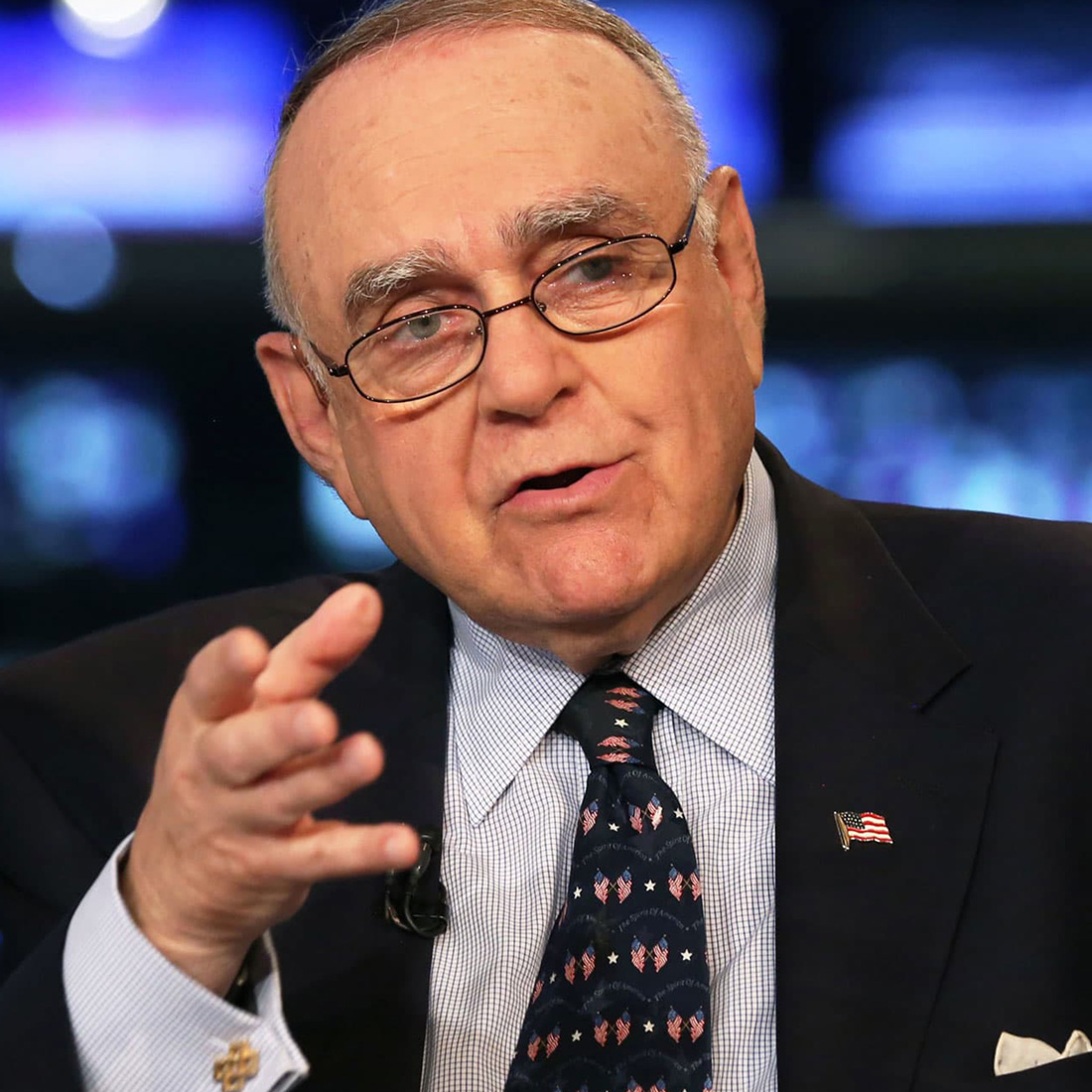It’s a matter of time before we all run out
“Misery Business” – Paramore
Nearly 70% of U.S. GDP is driven by consumer spending.
In 2023, the consumer’s willingness and ability to spend has been a key source of upside to GDP growth forecasts, as seen in the chart below which shows the consumer’s portion of Real GDP growth going from 0.75% to start the year to +2.2% today.
There are multiple reasons for the consumer’s resilience in 2023, include spending down of excess savings (though now mostly exhausted), fiscal support (though faded as student loan repayments return), and healthy balance sheets (supported by the preponderance of fixed rate mortgages and credit card debt, though at record on an absolute basis, still well below prior peaks relative to disposable income).
Of course, the largest and most important driver of resilient consumer spending is the continued tightness in the labor market, which has kept the economy at full employment. The phrase “when people have jobs, they spend money” may seem overly simple, but it is the reality that we have rarely seen a marked slowdown in consumer spending without an uptick in unemployment.
The full employment state has also supported elevated wage growth, which has begun to moderate, but remains well above pre-pandemic levels.
In the initial phase of the recent inflation episode in 2021, wage gains could not keep pace with sharply accelerating prices throughout the economy. Despite raises, consumers were losing purchasing power, and feeling quite awful about it as seen by the relationship between real wage growth falling and the University of Michigan Consumer Sentiment survey shown below (note, despite feeling awful, consumers continued to spend in this time as excess savings, fiscal support, the return of credit card usage, and the tight labor market all provided support to spending).
This plunge in real wages and sentiment reached their nadir in June of 2022, which was the peak in Headline CPI inflation, driven primarily by the peak in energy prices that month. Since that time, real wage growth has been recovering as inflation has fallen, helping to boost consumer sentiment and likely bolster consumer spending.
To put it another way, falling inflation for the past year has been an important tailwind for the U.S. consumer. A large portion of this moderating inflation has been the drop in energy prices, as gasoline prices fell from a peak of nearly $5/gallon in June 2022 to $3/gallon at the start of 2023. Gasoline prices went from being +60% YoY in June 2022 to being -30% YoY in June 2023, with this descent in essential energy costs allowing consumers to spend more on other areas (falling gas prices is often equated to being a “tax cut” for consumers).
Looking forward, this tailwind from falling energy prices and moderating inflation for U.S. consumers appears to be fading. Gas prices are pushing $4/gallon, while energy drove a meaningful uptick in the Headline Consumer Price Index inflation reading this week.
This does not mean that consumer spending is set to fall off a cliff, after all energy costs remain a relatively small portion of consumer’s income (as shown below) and the overall labor market remains tight with elevated wage growth. However if energy costs continue to rise, we could see a downshift in the growth rate of consumer spending.
This brings us to Misery Business, or the Misery Index to be more exact. The Misery Index compares two things that hurt consumers and their willingness/ability to spend: unemployment and inflation. After falling for most of 2023 as inflation moderated, the Misery Index has ticked up meaningfully for the first time this year, capturing the pinch that consumers could feel if inflation readings continue to accelerate.
This uptick in Misery is likely not enough to derail the U.S. consumer or the economy, but it should be watched closely as we look for signs as to where there could be surprises to forecasts, mostly as soft landing expectations (a moderation in inflation that does not come at the expense of the economy through higher unemployment or below trend growth) have become so dominant.
Top Points of the Week
By Austin Capasso
1. Equities in the red this week while rates stay green – All three major indices took losses this week despite economic data coming in better than expected. It seems Fed speak put a damper on markets after members said that future rate hikes are not out of the picture. Rising yields have also caused a pullback on large cap tech stocks.
2. Oil prices set new 10-month high – The price of Crude has gone up nearly 20% year-to-date and set a new 10-month high at just over $90 per barrel. This is the highest level since mid-November 2022. Energy prices continue to increase as both Saudi Arabia and Russia continue to tighten global supply. Elevated energy prices cause a big worry, because it could push CPI higher to the point where the Fed will have to hike rates again. We will continue to watch energy prices very closely.
3. August CPI rises on a monthly basis – Wednesday’s CPI report for August showed that headline inflation was pretty much unchanged on an annual basis at 3.7%. However, the 0.6% increase to headline CPI on a monthly basis was the biggest monthly increase this year. About half of the inflation stemmed from rising energy prices after a 10% surge in gasoline prices. Core CPI came in slightly higher than expected at 0.3% month over month and 4.3% year over year, against estimates for 0.2% and 4.3%, respectively. Supercore CPI (measures core services ex shelter), a Fed watch item, also accelerated on a month over month basis to 0.3%.
4. Update on the Fed’s rate path – We did not see much movement around Fed rate hike futures going into September’s FOMC meeting next week after the CPI reading. The probability of a Fed rate hike next week sits at 4%, while the chances for a rate hike in November’s meeting is 40%. There is still one more rate hike priced into the Fed Dot Plot before the end of 2023, but it is anticipated that next week’s meeting will be a skip to assess incoming economic data with a goal to not overtighten policy.
5. UAW strike has commenced – Last night, the United Auto Workers union officially went on a strategic strike against auto companies Ford, GM, and Stellantis (makers of Jeep) after failing to reach new labor agreements. The strike is by a combined 146,000 workers across the three companies, which make roughly 15 million of the vehicles in the US annually. The strike has the potential to dramatically impact the economy, especially on nonfarm payrolls and jobless claims data if it lasts long enough.
6. European Central Bank (ECB) hikes 25bps – On Thursday, the ECB raised their key rate to a record high 4% after hiking 25bps to get inflation back down to their 2% target. Over the course of the 10 consecutive rate hikes by the ECB, the key rate has risen from -0.5% in June 2022 to 4% today. ECB President Lagarde signaled this may be the last hike but did not rule out another hike if economic data continues to disappoint. The Euro dropped on this news, which pushed up the USD.
7. US retail sales come in higher than expected – Retail sales data on Thursday rose 0.6% in August, which was higher than the revised 0.5% increase in July. This was a big data point because it would indicate if the fears of increased spending in the summer would fade. The result was supportive of the notion that the US economy is remaining more resilient than expected, so it continued to point to a pause by the Fed in next week’s FOMC meeting.
8. Economic data in China is improving – Recent economic data in China told a different story from the recent dark cloud around the nation. CPI, retail sales, industrial production and lending demand all came in better than expected. The response by markets showed a rally from the Yaun, Chinese equities and rising yields in the US.
9. Successful IPO from Arm (ARM) – Yesterday’s IPO from British chip design company ARM proved to be a success after a 25% increase on its NASDAQ debut. The company opened at a near $60 million valuation at a $51 price per share with Softbank owning nearly 90%. This is a healthy result in the IPO market and it will be interesting to see if this continues for the upcoming IPO of Instacart next week.
10. Incoming data next week – The marquee event for next week is the FOMC meeting on Wednesday, where Jerome Powell and other members of the Fed will decide on whether to leave rates unchanged or hike. Other notable data includes a look into the housing market, Philadelphia Fed Manufacturing Survey, and the S&P US services and manufacturing PMI readings.
IMPORTANT DISCLOSURES
Abbreviations/Definitions: Core CPI: measures the changes in the price of goods and services, excluding food and energy; CPI: Consumer Price Index; Dot Plot: The Fed dot plot is published quarterly as a chart showing where each of the 12 members of the FOMC expect the federal funds rate to be for each of the next three years and the long term; ECB: European Central Bank; Fed speak: refers to speeches about monetary policy given by members of the U.S. Federal Reserve Bord of Governors; FOMC: Federal Open Market Committee; Headline CPI: the raw inflation figure reported through CPI that calculates the cost to purchase a fixed basket of goods to determine how much inflation is occurring in the broad economy; Philadelphia Fed Manufacturing Index: measures changes in business growth covering the Pennsylvania, New Jersey, and Delaware region; Powell: Jerome Powell, Chair of the Board of Governors of the Federal Reserve System; S&P Global Services PMI: the S&P Global US Services PMI is compiled by S&P Global from responses to questionnaires sent to a panel of around 400 service sector companies; S&P Global Manufacturing PMI: the S&P Global US Manufacturing PMI is compiled by S&P Global from responses to questionnaires sent to purchasing managers in a panel of around 800 manufacturers; Supercore CPI: measures core services ex shelter; University of Michigan Consumer Sentiment Index: a survey of personal consumer confidence in economic activity, which is used to estimate future spending and saving;
Index Information: All returns represent total return for stated period. S&P 500 is a total return index that reflects both changes in the prices of stocks in the S&P 500 Index as well as the reinvestment of the dividend income from its underlying stocks. Dow Jones Industrial Average (DJ Industrial Average) is a price-weighted average of 30 actively traded blue-chip stocks trading New York Stock Exchange and Nasdaq. The NASDAQ Composite Index measures all NASDAQ domestic and international based common type stocks listed on the Nasdaq Stock Market. Russell 2000 is an index that measures the performance of the small-cap segment of the U.S. equity universe. MSCI International Developed measures equity market performance of large, developed markets not including the U.S. MSCI Emerging Markets (MSCI Emerging Mkts) measures equity market performance of emerging markets. Russell 1000 Growth Index measures the performance of the large- cap growth segment of the US equity universe. It includes those Russell 1000 companies with relatively higher price-to-book ratios, higher I/B/E/S forecast medium term (2 year) growth and higher sales per share historical growth (5 years). The Russell 1000 Value Index measures the performance of the large cap value segment of the US equity universe. It includes those Russell 1000 companies with relatively lower price-to-book ratios, lower I/B/E/S forecast medium term (2 year) growth and lower sales per share historical growth (5 years). The BBB IG Spread is the Bloomberg Baa Corporate Index that measures the spread of BBB/Baa U.S. corporate bond yields over Treasuries. The HY OAS is the High Yield Option Adjusted Spread index measuring the spread of high yield bonds over Treasuries.
Sector Returns: Sectors are based on the GICS methodology. Returns are cumulative total return for stated period, including reinvestment of dividends.
The views and opinions included in these materials belong to their author and do not necessarily reflect the views and opinions of NewEdge Capital Group, LLC.
This information is general in nature and has been prepared solely for informational and educational purposes and does not constitute an offer or a recommendation to buy or sell any particular security or to adopt any specific investment strategy.
NewEdge and its affiliates do not render advice on legal, tax and/or tax accounting matters. You should consult your personal tax and/or legal advisor to learn about any potential tax or other implications that may result from acting on a particular recommendation.
The trademarks and service marks contained herein are the property of their respective owners. Unless otherwise specifically indicated, all information with respect to any third party not affiliated with NewEdge has been provided by, and is the sole responsibility of, such third party and has not been independently verified by NewEdge, its affiliates or any other independent third party. No representation is given with respect to its accuracy or completeness, and such information and opinions may change without notice.
Investing involves risk, including possible loss of principal. Past performance is no guarantee of future results.
Any forward-looking statements or forecasts are based on assumptions and actual results are expected to vary from any such statements or forecasts. No assurance can be given that investment objectives or target returns will be achieved. Future returns may be higher or lower than the estimates presented herein.
An investment cannot be made directly in an index. Indices are unmanaged and have no fees or expenses. You can obtain information about many indices online at a variety of sources including: https://www.sec.gov/fast-answers/answersindiceshtm.html.
All data is subject to change without notice.
© 2023 NewEdge Capital Group, LLC
The post Misery Business: Watching Inflation’s Pinch on the Consumer appeared first on NewEdge Wealth.























































